Optimal Timing for Waterproofing
Waterproofing is a crucial process to protect structures from water intrusion, which can lead to damage, mold growth, and structural deterioration. Proper timing ensures optimal adhesion and effectiveness of waterproofing materials, extending the lifespan of the protected surfaces.

Spring is ideal for waterproofing projects due to moderate temperatures and low precipitation, allowing materials to cure properly.

Summertime offers longer daylight hours and dry conditions, making it suitable for extensive waterproofing work.

Fall provides cooler temperatures and less humidity, which can be beneficial for sealing and waterproofing before winter.
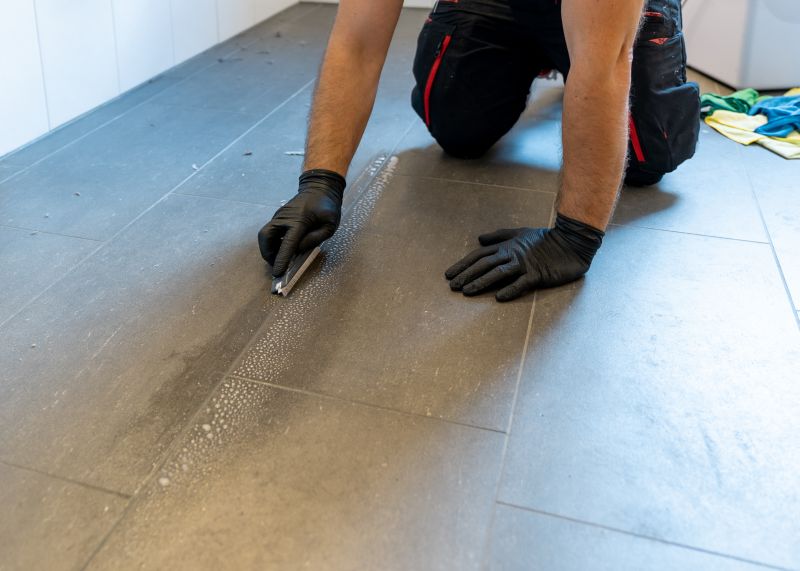
Ways to make Waterproofings work in tight or awkward layouts.

Popular materials for Waterproofings and why they hold up over time.
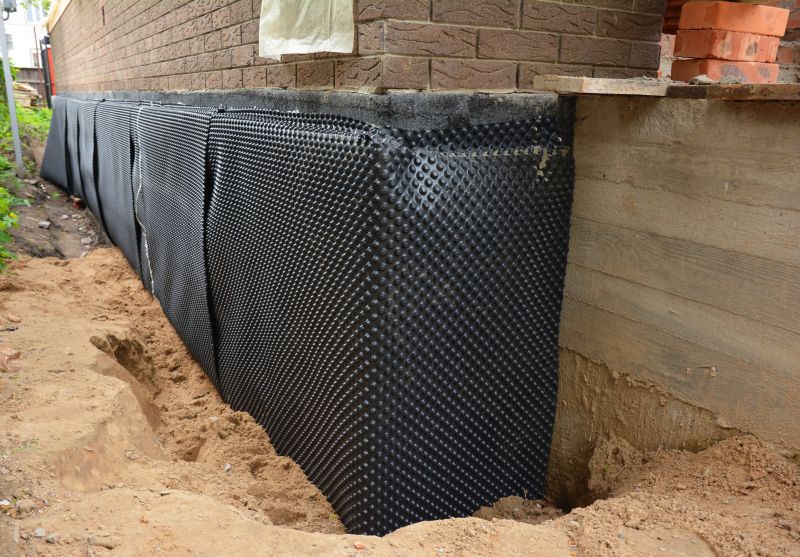
Simple add-ons that improve Waterproofings without blowing the budget.
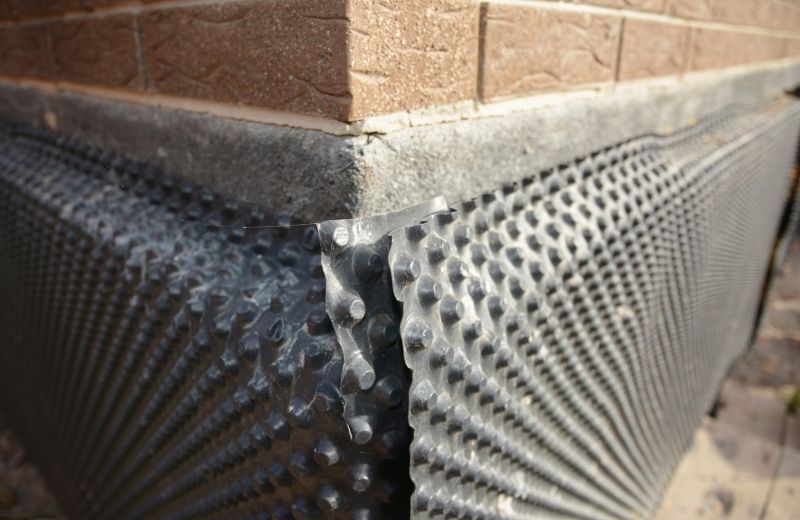
High-end options that actually feel worth it for Waterproofings.

Finishes and colors that play nicely with Waterproofings.
Waterproofings involve applying specialized materials to prevent water penetration in foundations, roofs, and walls. These systems are vital in maintaining the integrity of buildings, especially in regions prone to heavy rainfall or snow. Statistics indicate that waterproofing can significantly reduce repair costs over a structure’s lifespan, with some estimates showing a decrease of up to 50 percent in water-related damages when properly maintained.
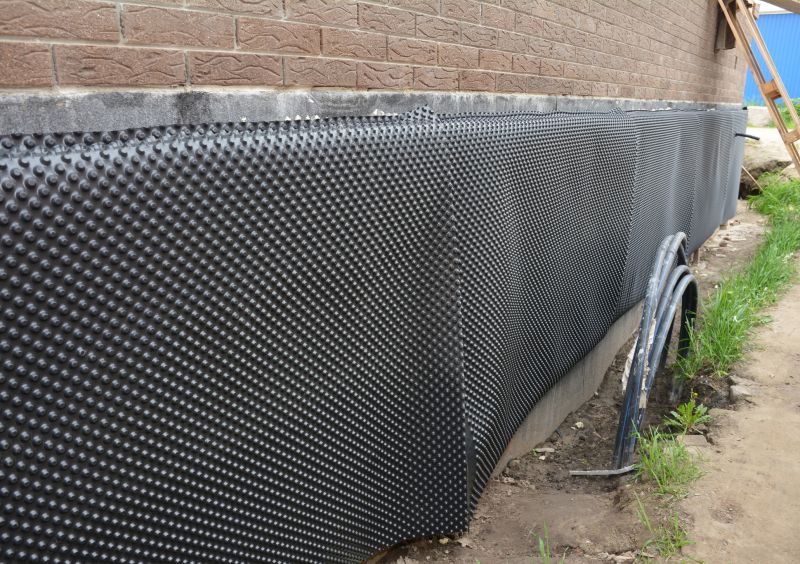
Various methods include membrane waterproofing, liquid coatings, and sealants, each suited for different applications.

Materials like bituminous membranes, polyurethane coatings, and cementitious coatings are widely used.

Effective waterproofing prevents structural damage, reduces maintenance costs, and enhances durability.

Climatic conditions influence the choice of waterproofing methods and timing for application.

Little measurements that prevent headaches on Waterproofings day.

A 60-second routine that keeps Waterproofings looking new.
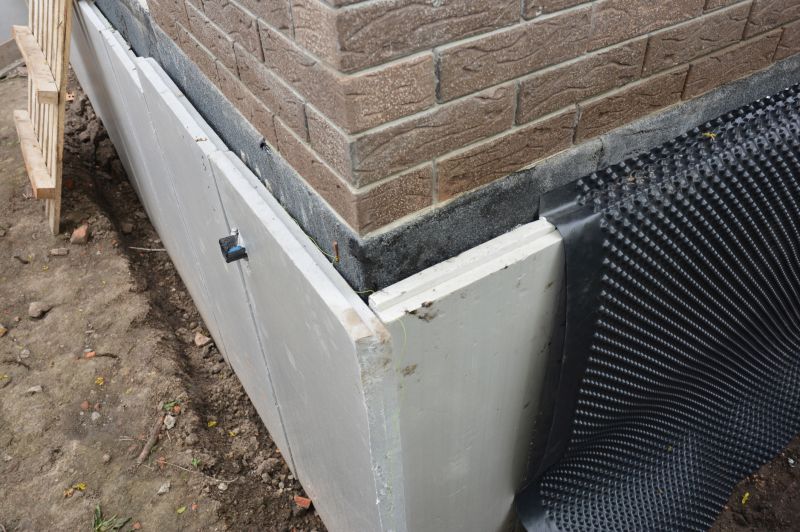
A frequent mistake in Waterproofings and how to dodge it.
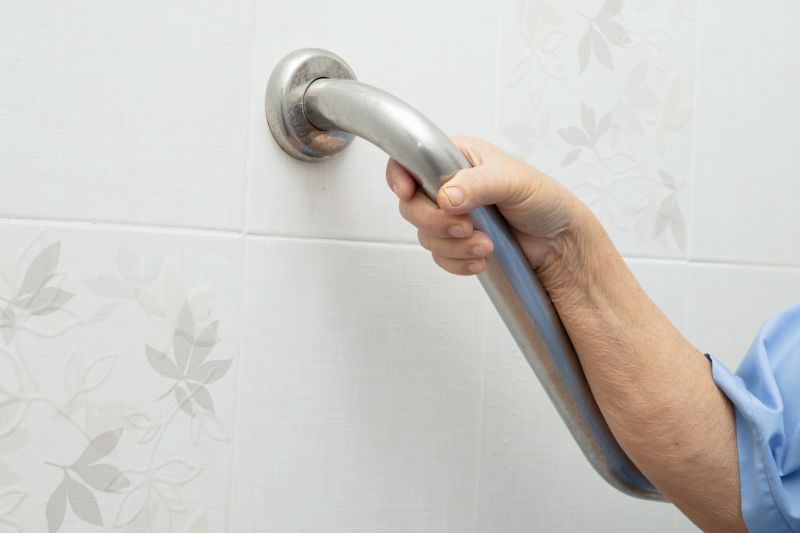
Small tweaks to make Waterproofings safer and easier to use.
| Season | Optimal Conditions for Waterproofing |
|---|---|
| Spring | Moderate temperatures, low humidity, minimal rain |
| Summer | Longer days, dry weather, high temperatures |
| Fall | Cooler temperatures, less humidity, pre-winter sealing |
| Winter | Not recommended due to freezing temperatures and high moisture |
Lower-waste or water-saving choices for Waterproofings.
The short, realistic tool list for quality Waterproofings.
Rough timing from prep to clean-up for Waterproofings.

